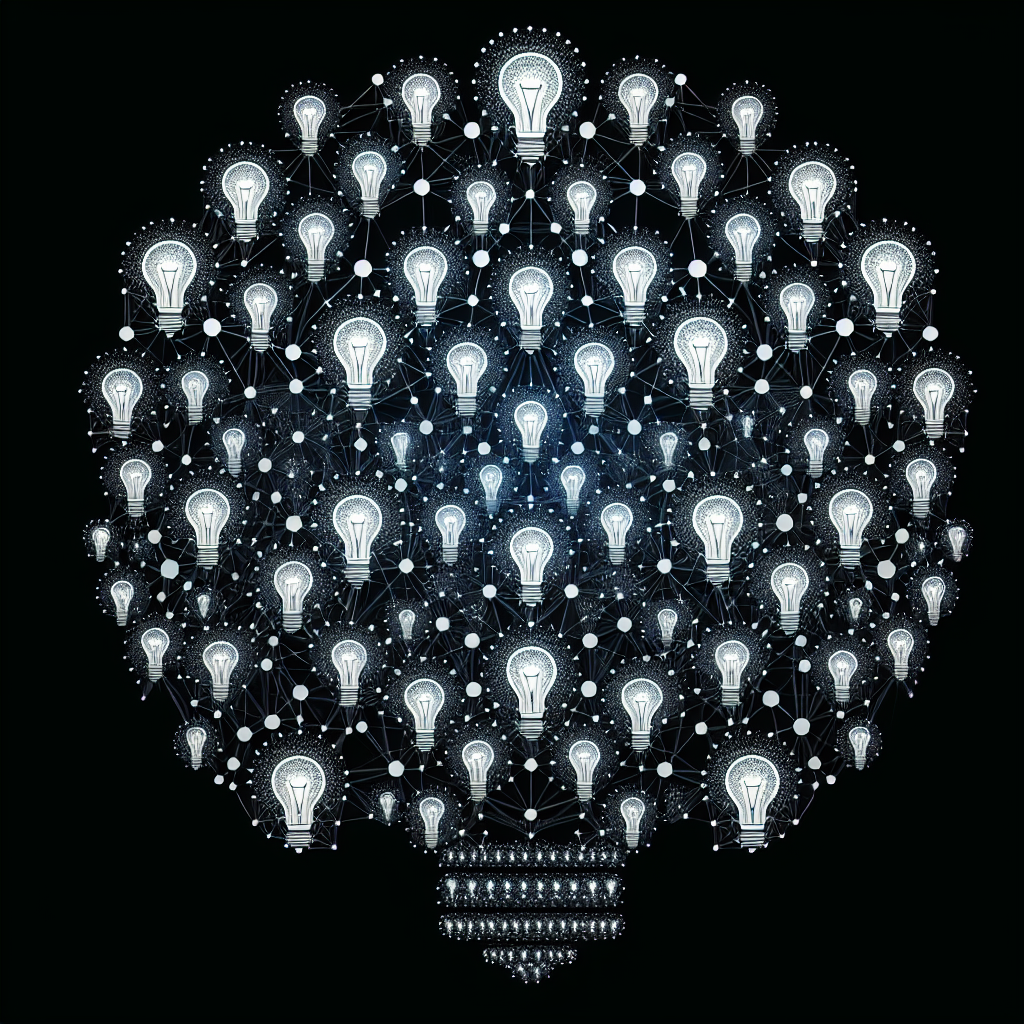Graph Neural Networks (GNNs) have recently emerged as a powerful tool for analyzing and learning from graph-structured data. From social networks and recommendation systems to molecular biology and finance, GNNs have shown great promise in a wide range of applications. In this comprehensive guide, we will explore the rise of GNNs, their key concepts, and how they are being used in various domains.
What are Graph Neural Networks?
Graph Neural Networks are a class of neural networks that are specifically designed to work with graph-structured data. In contrast to traditional neural networks, which operate on vector or sequence data, GNNs can capture complex relationships between entities in a graph. This makes them particularly well-suited for tasks such as node classification, link prediction, and graph classification.
Key Concepts of GNNs
There are several key concepts that are central to understanding how GNNs work. The first is the notion of message passing, where information is propagated between nodes in a graph through a series of message passing steps. This allows nodes to aggregate information from their neighbors and update their own representations accordingly.
Another important concept is the use of graph convolutions, which are used to apply a learnable filter to the graph structure. By convolving over the graph, GNNs can capture local and global patterns in the data, making them highly effective at capturing complex relationships.
Applications of GNNs
GNNs have been successfully applied in a wide range of domains, including social network analysis, recommendation systems, bioinformatics, and finance. In social network analysis, GNNs can be used to predict links between users or detect communities within a network. In recommendation systems, GNNs can leverage the graph structure of user-item interactions to make personalized recommendations.
In bioinformatics, GNNs have been used to predict protein structures, analyze molecular interactions, and identify potential drug targets. In finance, GNNs can be used to detect fraudulent transactions, predict stock prices, and optimize portfolio management.
Challenges and Future Directions
While GNNs have shown great promise, there are still several challenges that need to be addressed. One challenge is the scalability of GNNs, particularly when working with large graphs. Researchers are actively exploring techniques to improve the efficiency and scalability of GNNs, such as graph sampling and parallelization.
Another challenge is the interpretability of GNNs, as they can be difficult to understand and interpret due to their complex architecture. Researchers are working on developing methods to provide insights into how GNNs make predictions, as well as ways to improve their interpretability.
In conclusion, Graph Neural Networks have emerged as a powerful tool for analyzing and learning from graph-structured data. With their ability to capture complex relationships in data, GNNs have shown great promise in a wide range of applications. As researchers continue to explore new techniques and methods, the future looks bright for GNNs and their potential to revolutionize the field of machine learning.
#Rise #GNN #Comprehensive #Guide #Graph #Neural #Networks,gnn


Leave a Reply